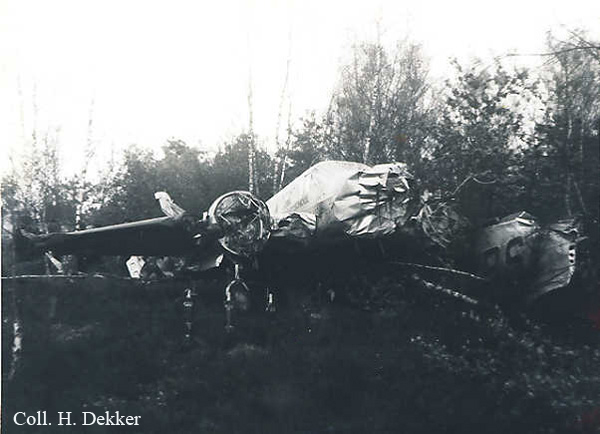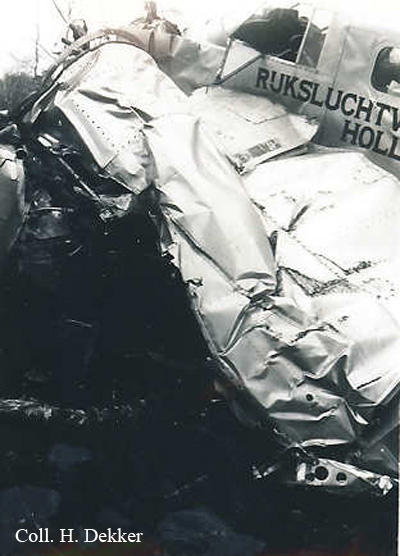Crash of an Avro 685 York C.1 in RAF Abingdon
Date & Time:
Registration:
MW301
Survivors:
Yes
Schedule:
Abingdon - Abingdon
MSN:
SET33
YOM:
1946
Crew on board:
5
Crew fatalities:
Pax on board:
0
Pax fatalities:
Other fatalities:
Total fatalities:
0
Circumstances:
While descending to RAF Abingdon, while on a local training sortie, the captain was forced to shut down the engine number three due to an excessive temperature. As the aircraft was unstable on approach, the captain decided to make a go around when the engine number four overheat. Simultaneously, the approach light system failed. In dark, the crew decided to land immediately, raised the undercarriage and crash landed in a field short of runway threshold. While all five crew members were unhurt, the aircraft was damaged beyond repair.
Probable cause:
The cause of the number three engine overheat was attributed to the failure of the thermostatic valve. The reason of the temperature raise on the engine number four was attributed to the same reason, but this time, the failure of the thermostatic valve was caused by a faulty assembly on part of the manufacturer. The cause of the failure on the approach light system remains unknown.







